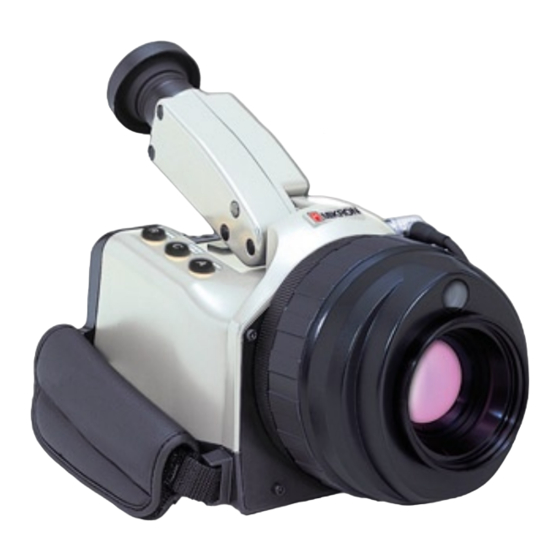
MikroScan 7600PRO Manuals
Manuals and User Guides for MikroScan 7600PRO. We have 1 MikroScan 7600PRO manual available for free PDF download: Operator's Manual
MikroScan 7600PRO Operator's Manual (309 pages)
Thermal Imager
Brand: MikroScan
|
Category: Thermal cameras
|
Size: 8 MB
Table of Contents
-
-
Conventions11
-
Precautions12
-
Warranty14
-
Introduction
17-
Construction18
-
Construction19
-
-
Basic Operation
103-
-
Changing a Memo131
-
-
Data Analysis
167-
-
-
-
Adding a Box212
-
Deleting a Box219
-
-
-
-
Advertisement
